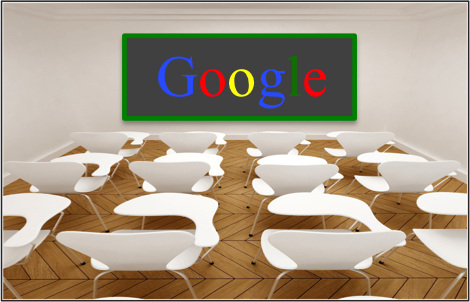When different people from different backgrounds, mindsets, and values interact there’s bound to be conflict. Conflict in a school environment is natural and is bound to happen. As a teacher, you need to always prepare for that eventuality and how to handle it. When the conflict in the school is not handled effectively, it can quickly lead to emotional and physical violence.
Conflict management skills are a must-have for both teachers and students. As a teacher being in a position of authority over your students gives you the edge to observe from the outside and notice any tensions that may spark conflict. Dealing with conflict early enables you to resolve issues before they escalate.
In this post, we are going to be talking about some ways you can use to address conflict in your school environment. Solving or taking care of issues in the school would be your job as a teacher, therefore, having the necessary knowledge to do so is important.
Managing conflict comprehensively
Managing conflict resolution comprehensively encompasses both mediation, teaching conflict resolution, and other methods. This means that as a teacher, you employ all methods available for diffusing conflicts at different stages. Comprehensive conflict management makes sure you’re properly equipped to deal with conflict before it escalates.
It involves a student-teacher partnership to make this work. Teaching your students about conflict management and resolution, making sure you’re mediating when necessary and enduring that conflict resolution techniques are practiced throughout the school are just some ways to comprehensively manage conflict.
Involve yourself and practice these techniques in your dealings with other teachers too. Students aren’t the only ones who have conflicts, teachers do too. Ensure that you manage conflicts among teachers the way you want students to manage conflicts among themselves. This allows them to learn by watching you practice conflict resolution in real-time.
Managing conflict in the classroom
Teaching your students about conflict and conflict management gives them the opportunity to practice conflict management. When students learn about conflicts and how to deal with them, fewer conflicts would arise and this would improve the overall school atmosphere. Introducing conflict management classes into school curricula is a good way to start.
You could also take a conflict management course like the one we offer at Lumos learning so you can better design your conflict resolution classes. Giving your students the right conflict management lessons is a good way to create a positive school environment. Ensure your students practice these skills from time to time so it becomes part of their default behavior.
Infusing conflict resolution into traditional subjects like math, health or even biology is a great way to get them actively involved in learning. Your students would be able to draw connections between that and the real world. This would further deepen their knowledge of conflict resolution.
Managing conflict through mediation
Mediation is a very peaceful and excellent way to resolve conflict in the school. You as a mediator would create an environment that both disputing parties can calmly speak with each other. This gives them the opportunity to see things from each other’s point of view and reach a conclusion that is beneficial to both parties. As a mediator, your job is not to force a conclusion but rather to ensure that both parties leave the table satisfied.
Training student mediators is also important because it gives your students the responsibility of being able to resolve most issues before they get to you. You could create a meditation room in the school where disputes can be resolved depending on the nature and gravity of the dispute.
You should not limit your mediation to only disputes between students. Student-teacher mediations should also be made possible. It shows your students that conflict resolution isn’t only possible among their peers but with everyone in the school environment and the community at large.
Final thoughts
Conflict and conflict resolution are two topics that you as a teacher cannot escape in the school environment. As there would always be conflict, there would also be a need for conflict resolution. Having the right approach to resolving conflict is important in preventing escalation. Although teachers would be the ones in charge of the resolution, it is important not to leave out the students.
Some tensions in the school may go unnoticed by you and that is normal. Equipping your students with the knowledge or ability to resolve issues when you’re not around would be really beneficial to you and the school as a whole. Involving our students in the conflict resolution process simplifies the process and makes external intervention from you even easier and smoother.
We hope you have learned enough from this post to resolve issues that may arise in your school environment. Please feel free to check out our website for more details. We hope to hear from you soon.




